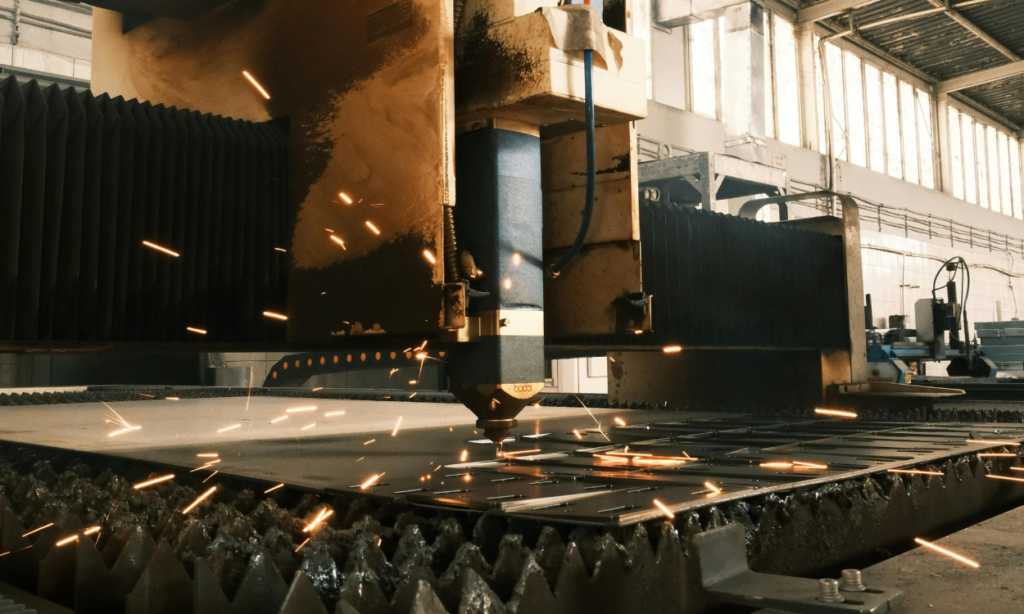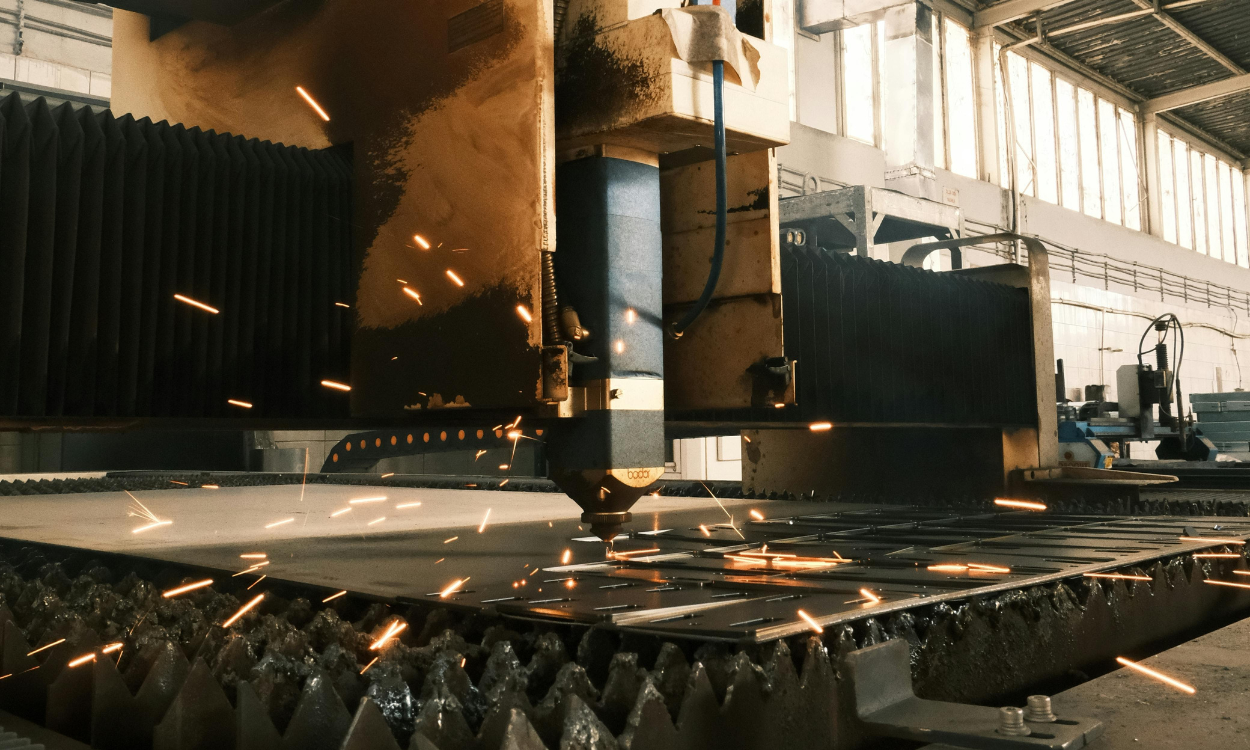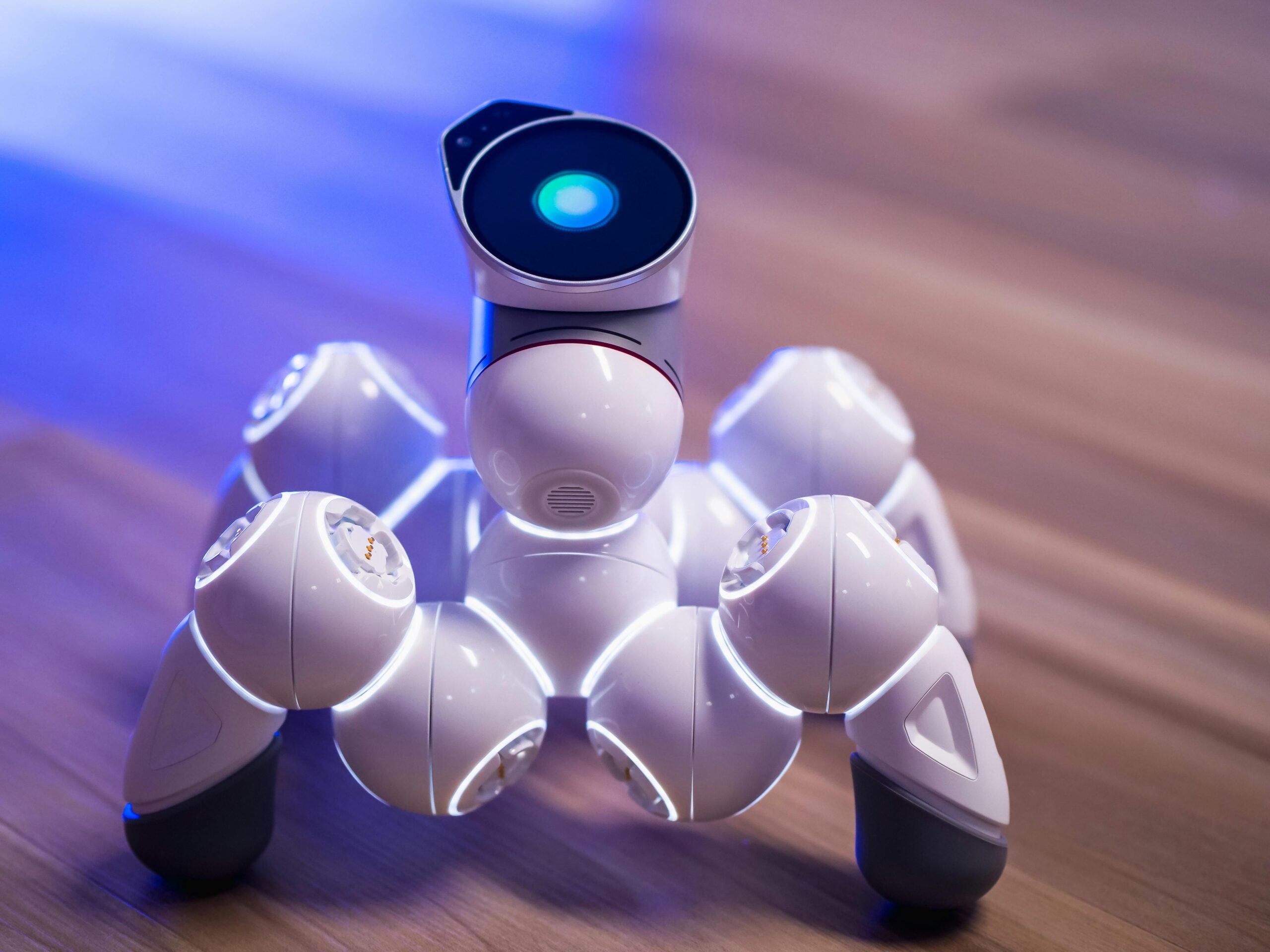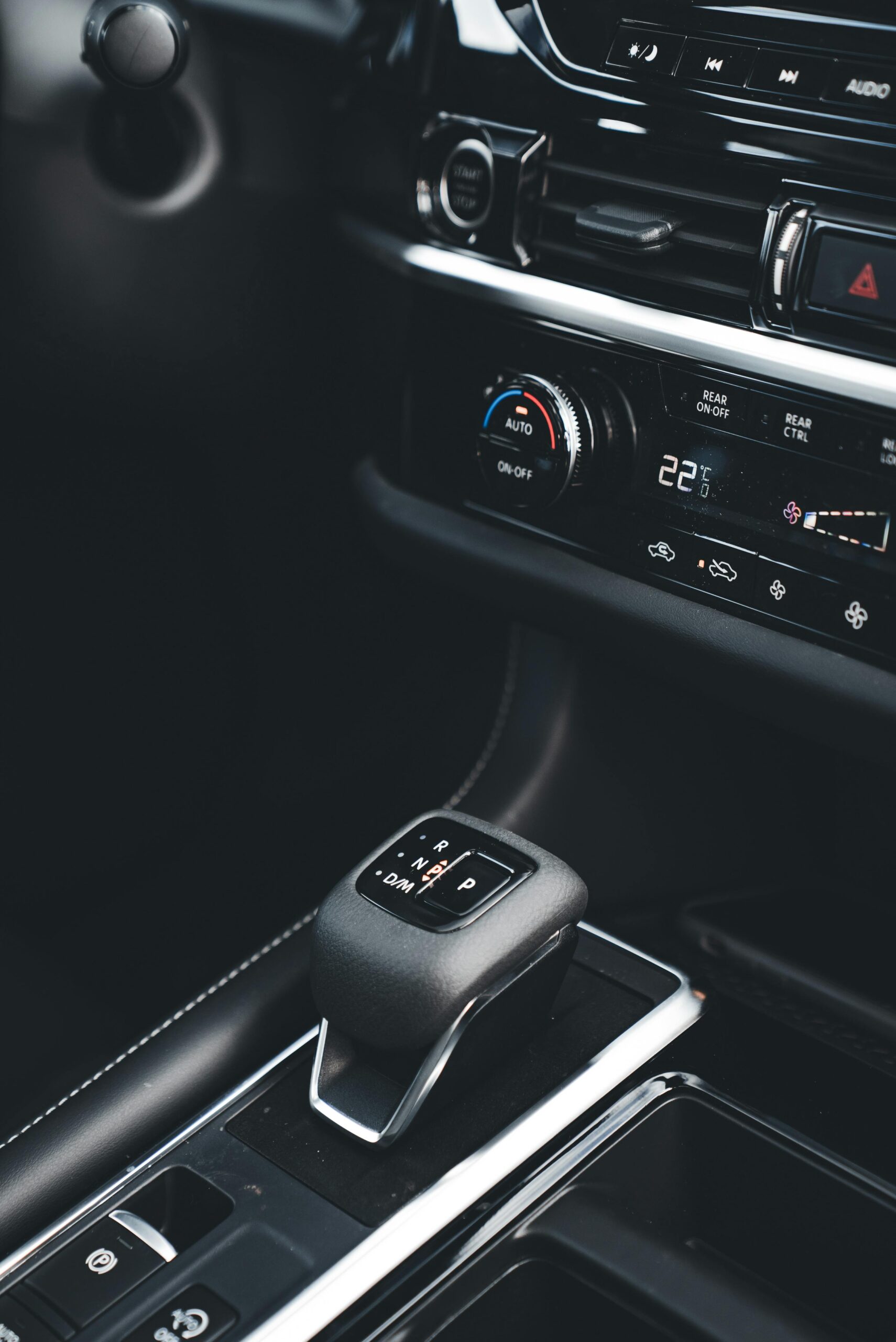Powering Innovation: Intelligent Automation for Machine Design
In today’s rapidly evolving industrial landscape, the integration of intelligent automation has become a cornerstone for innovation and efficiency. The concept of “Powering Innovation: Intelligent Automation for Machine Design” emphasizes the transformative role automation plays in revolutionizing the way machines are conceptualized, designed, and deployed. As industries strive to meet growing demands for precision, speed, and cost-effectiveness, intelligent automation emerges as a game-changer, driving a paradigm shift in machine design.
Table of Contents

The Role of Intelligent Automation in Modern Machine Design
Intelligent automation combines advanced technologies like artificial intelligence (AI), machine learning (ML), and robotics to create systems capable of performing complex tasks with minimal human intervention. In the realm of machine design, this means automating repetitive processes, enhancing precision, and enabling rapid prototyping. Powering innovation through these technologies allows engineers and designers to focus on creative problem-solving, resulting in groundbreaking solutions.
For example, the use of generative design software powered by AI enables designers to explore countless design iterations quickly. By inputting parameters such as weight, strength, and material type, the software generates optimized designs that would have been nearly impossible to conceive manually. This process exemplifies “Powering Innovation: Intelligent Automation for Machine Design,” as it reduces time-to-market and enhances product performance.
Key Benefits of Intelligent Automation in Machine Design
- Enhanced Precision and Quality Intelligent automation eliminates human errors by standardizing processes and ensuring consistency. In machine design, this translates to components that meet exact specifications and perform reliably under various conditions. Automation tools like Computer-Aided Design (CAD) and Computer-Aided Manufacturing (CAM) have become integral in achieving unparalleled precision.
- Accelerated Development Cycles By automating repetitive tasks such as drafting and simulation, intelligent automation significantly shortens development cycles. This agility is vital in industries where time-to-market is critical. Powering innovation through faster iterations enables companies to stay ahead in competitive markets.
- Cost Reduction Intelligent automation reduces labor costs by performing tasks that previously required extensive manual effort. Additionally, it minimizes waste by optimizing resource utilization. These savings are reinvested into research and development, further “Powering Innovation: Intelligent Automation for Machine Design.”
- Improved Sustainability Automation technologies contribute to sustainable practices by optimizing energy use and reducing material waste. Advanced simulations can predict a machine’s environmental impact during the design phase, allowing for more eco-friendly choices.
Applications of Intelligent Automation in Machine Design
- Digital Twin Technology A digital twin is a virtual replica of a physical machine or system. By simulating real-world conditions, designers can test and refine designs before production begins. This approach, a hallmark of “Powering Innovation: Intelligent Automation for Machine Design,” minimizes costly prototyping and ensures a seamless transition from concept to reality.
- Additive Manufacturing Also known as 3D printing, additive manufacturing leverages intelligent automation to create complex geometries that traditional methods cannot achieve. By layering materials based on digital designs, this technology enhances customization and reduces material waste.
- Predictive Maintenance Automation systems equipped with sensors and AI algorithms monitor machine performance in real time. By analyzing data, these systems predict maintenance needs, preventing costly downtime and extending the lifespan of equipment.
- Collaborative Robots (Cobots) Cobots are designed to work alongside humans, enhancing productivity and safety. In machine design, cobots assist with assembly, testing, and quality control, showcasing the essence of “Powering Innovation: Intelligent Automation for Machine Design.”
Challenges and Solutions in Implementing Intelligent Automation
While the benefits of intelligent automation are undeniable, its implementation comes with challenges. Resistance to change, high initial costs, and a lack of skilled personnel are common hurdles. However, these challenges can be addressed through:
- Comprehensive Training Programs: Educating the workforce about automation technologies fosters acceptance and ensures effective implementation.
- Incremental Integration: Gradually incorporating automation into existing processes minimizes disruption and allows for smoother adaptation.
- Strategic Investment: Allocating resources to high-impact areas ensures maximum return on investment, justifying the costs associated with automation.
The Future of Machine Design with Intelligent Automation
The future of machine design lies in further enhancing the synergy between humans and machines. As technologies like AI, IoT (Internet of Things), and blockchain continue to advance, intelligent automation will unlock new possibilities. For instance, autonomous machines capable of self-design and self-repair could redefine industry standards.
Moreover, “Powering Innovation: Intelligent Automation for Machine Design” will play a pivotal role in addressing global challenges such as climate change and resource scarcity. By enabling smarter, more sustainable designs, automation will contribute to a greener and more efficient industrial landscape.
Conclusion
“Powering Innovation: Intelligent Automation for Machine Design” is not just a concept; it is a movement transforming industries worldwide. By embracing intelligent automation, companies can achieve unprecedented levels of efficiency, creativity, and sustainability. As we move toward a future driven by technology, the integration of intelligent automation in machine design will remain a critical factor in achieving industrial excellence.
Whether it’s through digital twins, predictive maintenance, or collaborative robots, the potential of intelligent automation is limitless. By addressing challenges and leveraging opportunities, we can truly harness the power of “Powering Innovation: Intelligent Automation for Machine Design” to shape a better tomorrow.





